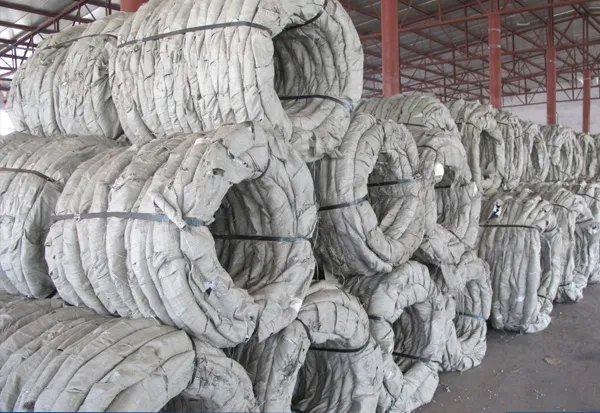

A thorough proficiency in temperature control is essential for soldering. Maintaining a stable soldering iron temperature minimizes the risk of damaging circuit board components and helps in achieving clean solder joints. Modern soldering stations offer adjustable temperature controls and digital readouts, providing consistent settings necessary for both lead-based and lead-free solder wires. Moreover, the assurance of product authenticity and compliance is vital when procuring solder wire. Verifying certifications such as ISO and adherence to safety standards secures not only the quality of your project but also fosters credibility and trustworthiness in your final output. In conclusion, choosing the right wire for soldering is intricately linked to understanding the right balance between composition, flux type, diameter, and temperature regulation. Coupled with certified quality and environmentally friendly practices, these parameters help in achieving results that stand the test of time and align with the evolving demands of modern electronics and technologies. As the field of soldering continuously progresses, staying informed and adaptable ensures continued success in delivering high-performance and reliable outcomes.

















